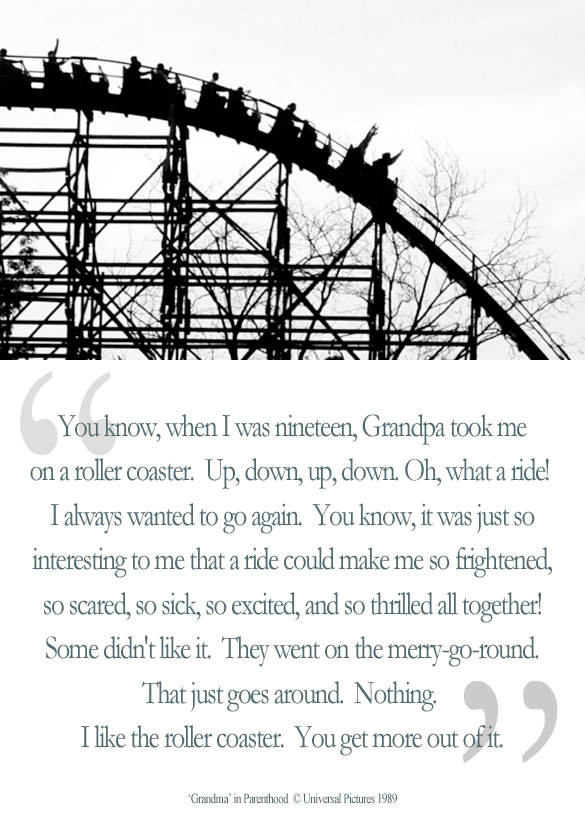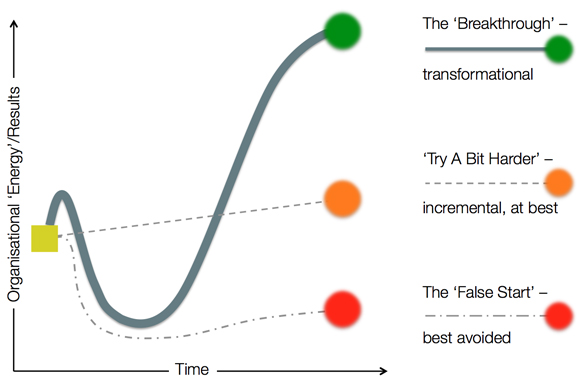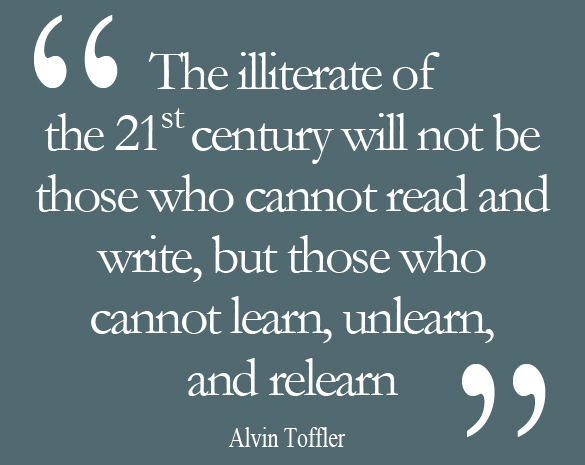Grandma is on to something. Despite the rhetoric – annual reports, internal pronouncements and management fads awash with the platitudes of ‘transformational change’, ‘breakthrough performance’, ‘step-change results’, et al – most organisations still choose, consciously or unconsciously, the merry-go-round.
In many ways this is understandable – seemingly less risky, apparently more predictable, and certainly more comfortable and less scary – as we repeat our current reality in slow, methodical circles. While the merry-go-round may grind out some incremental improvement, transformations mean a roller coaster ride. If you are serious about fundamentally changing your market, your proposition, your organisation, your results, then Grandma’s on to something. “The merry-go-round just goes round; the roller coaster; you get more out of it!”
Understanding the anatomy of a transformation enables us to prepare for the ups, downs, twists and turns, and allows leadership to get ahead of the curve in bridging the gap between the real world on this side and the ideal world on the other side of the dip. While this understanding doesn’t remove or negate the challenges, it does give us a chance to reduce both the depth and the duration of the dip, and use the energy and momentum of change to our advantage.
The shape of a transformation follows a familiar pattern – a learning curve, an s-curve, a lifecycle curve, a sigmoid curve – reflecting the natural forces working on any deep-rooted change. Whether reorganisation, M&A, integration, innovation, new processes or ways of working, a shift in customer proposition, strategy or culture, some version of the curve is applicable to any fundamental, human-centred change.
Of course, every transformation is different; otherwise it would just be a case of mechanistically determining where we are on the curve, deciding the timeline and applying a formulaic response. As a real roller coaster has three-dimensional twists and turns, the transformational roller coaster has the nuances and richness that comes with people’s reactions to change. The three laws – Change, Perspective and Entropy – tell us, we can’t possibly predict or manage all of the vagaries of human nature, everyone affected by the change will be coming from different angles, and we need to continually invest energy to drive through, and sustain, the change.
Each of the three laws presents both threats and opportunities. The law of Change implies that we have less time to transition through any single transformation, as well as less time between transformations. However, harnessed properly, the conditions created by a radically changing environment often open-up new possibilities and act as a catalyst for fundamental change. The law of Perspective poses the challenge of many different reactions to change and varied viewpoints on how to respond. But it is this diversity of perspectives that enables creative ways to embrace change and see opportunities in the transformational curve. The law of Entropy raises the need to continually invest energy to keep things connected and aligned; the opportunity is to work on the highest impact activities to use this energy to power through the transformation.
A breakthrough in organisational performance, like any dramatic change, requires a break in the existing ‘equilibrium’ and a break that persists long enough to create a ‘new normal’. Creating this kind of breakthrough is a complex, living, cocktail of many different factors, which is why there is no formulaic approach that works… and why there are so few deliberate successes that are completely mapped-out in absolute detail ahead of time.
While it is impossible to prescribe the precise details in a mechanistic way, leaders can create the necessary conditions, environment and ingredients to fuel this organic process. Developing a shared understanding of the ideal world we are creating, balancing the ‘hard’ and ‘soft’ dimensions of change, the types and tone of communication and building capability ahead of the curve are all vital aspects of navigating ways through the transformation.
In these volatile, uncertain, complex and ambiguous times, the laws of Change, Perspective and Entropy are working harder against us. The previously ‘safe’ option of eking-out incremental improvements often means going backwards – we seem to push harder, only to find the merry-go-round slowing down. Others choose to buckle themselves in for a roller coaster ride of ups and downs, calculated risks, and innovation to create their ideal world.
The choice is yours… enjoy the ride!



